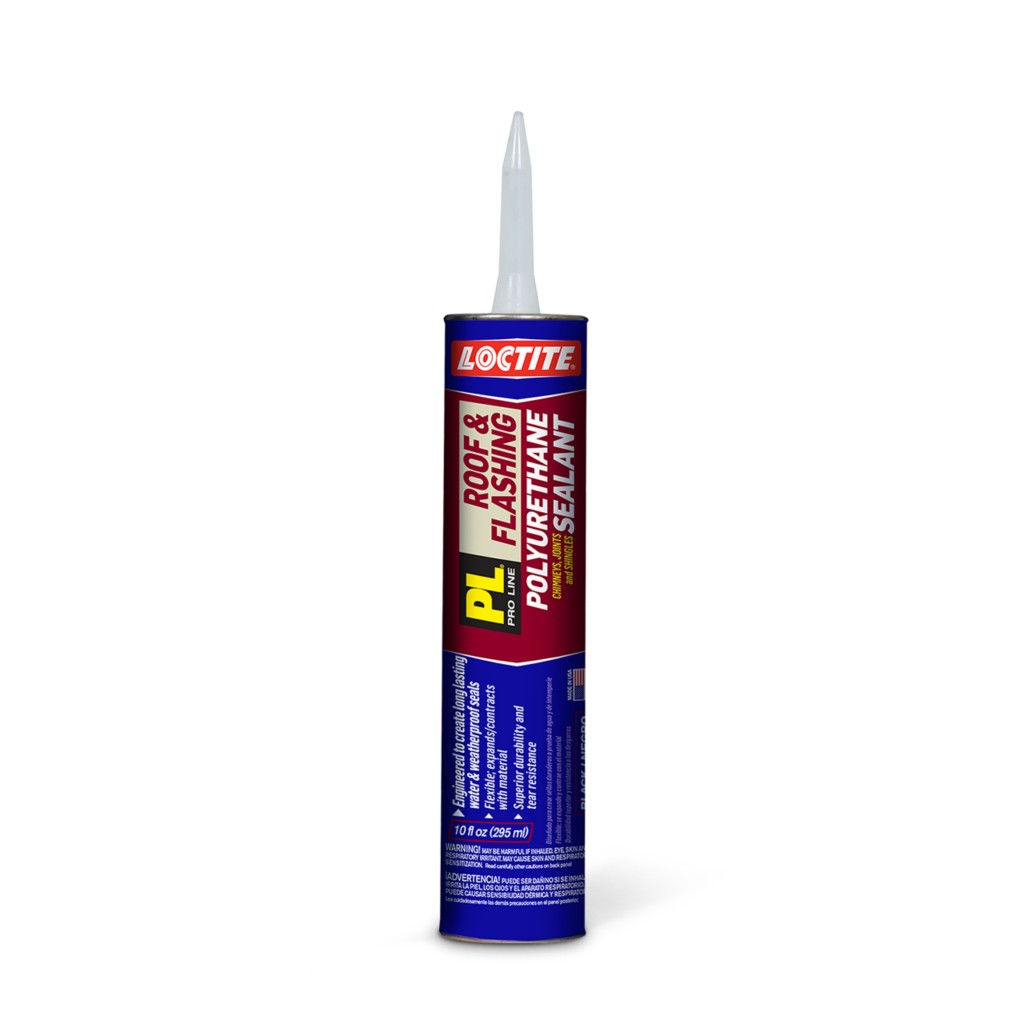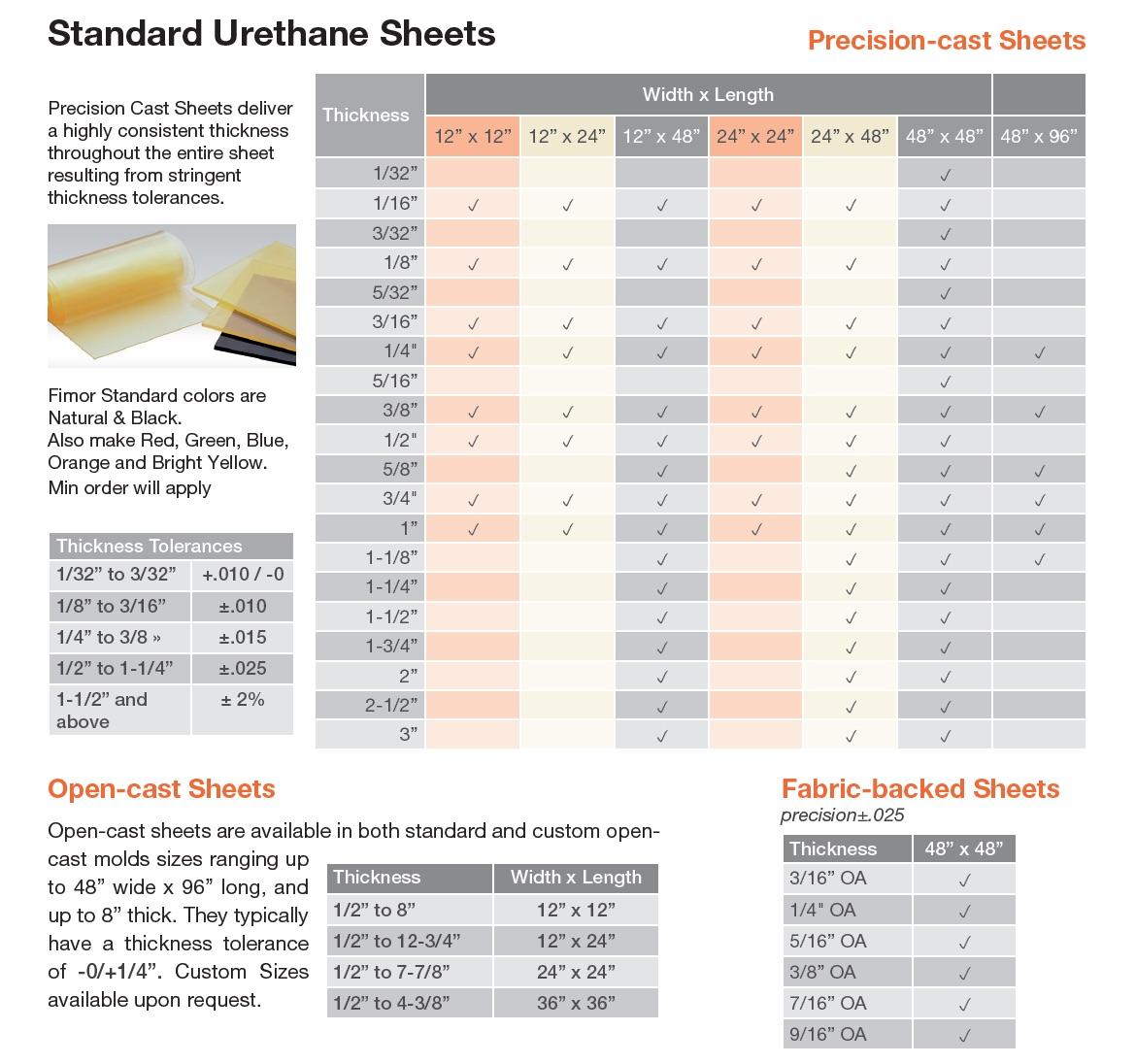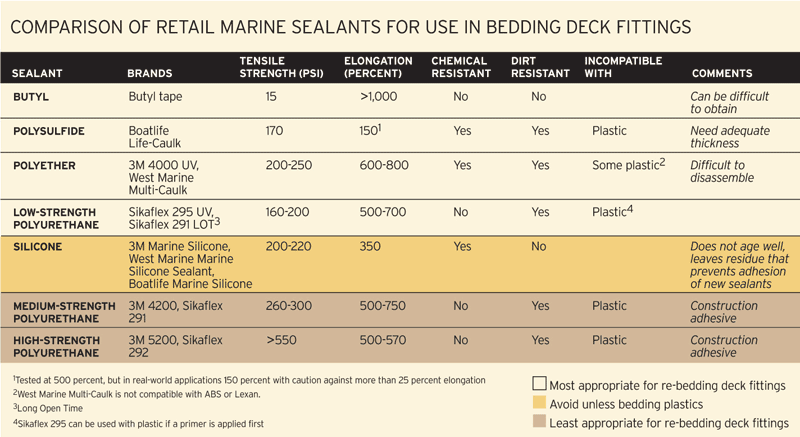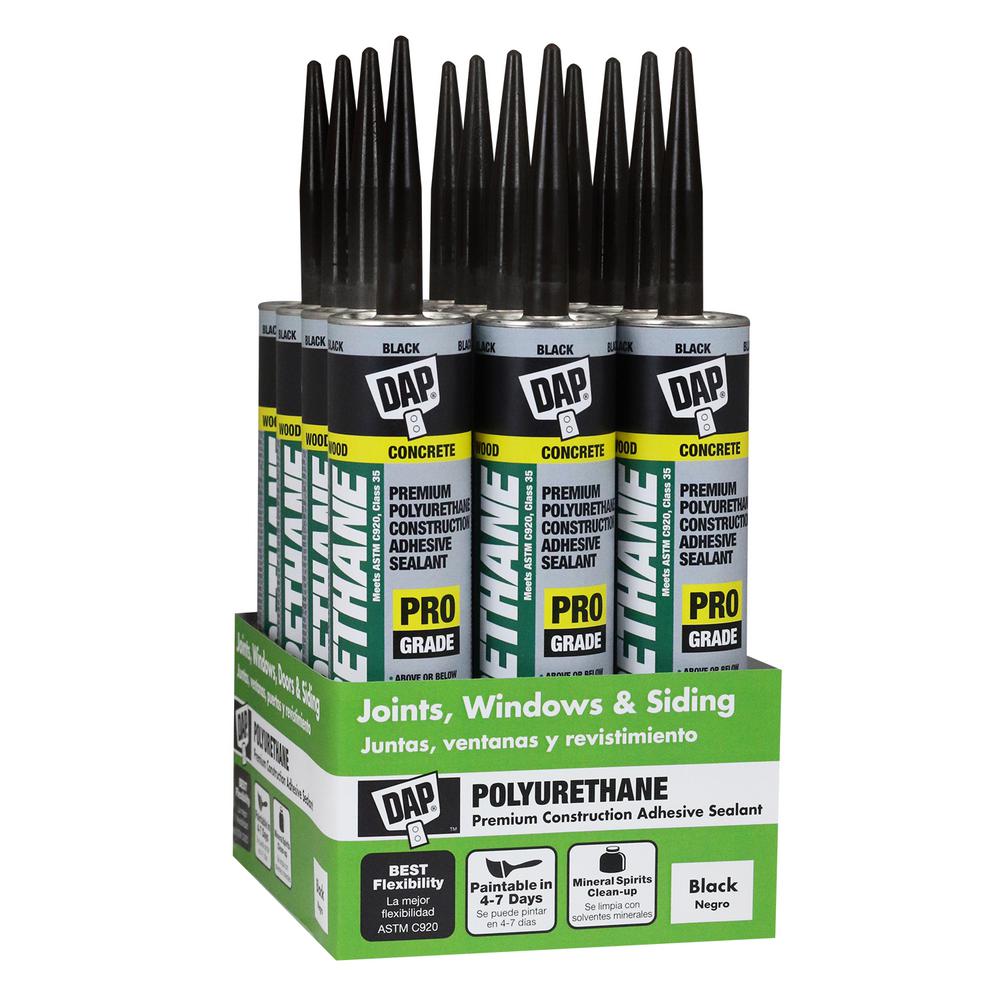The testing standards required may vary by sealant chemistry silicone or urethane. After careful consideration it was determined that a silicone sealant.
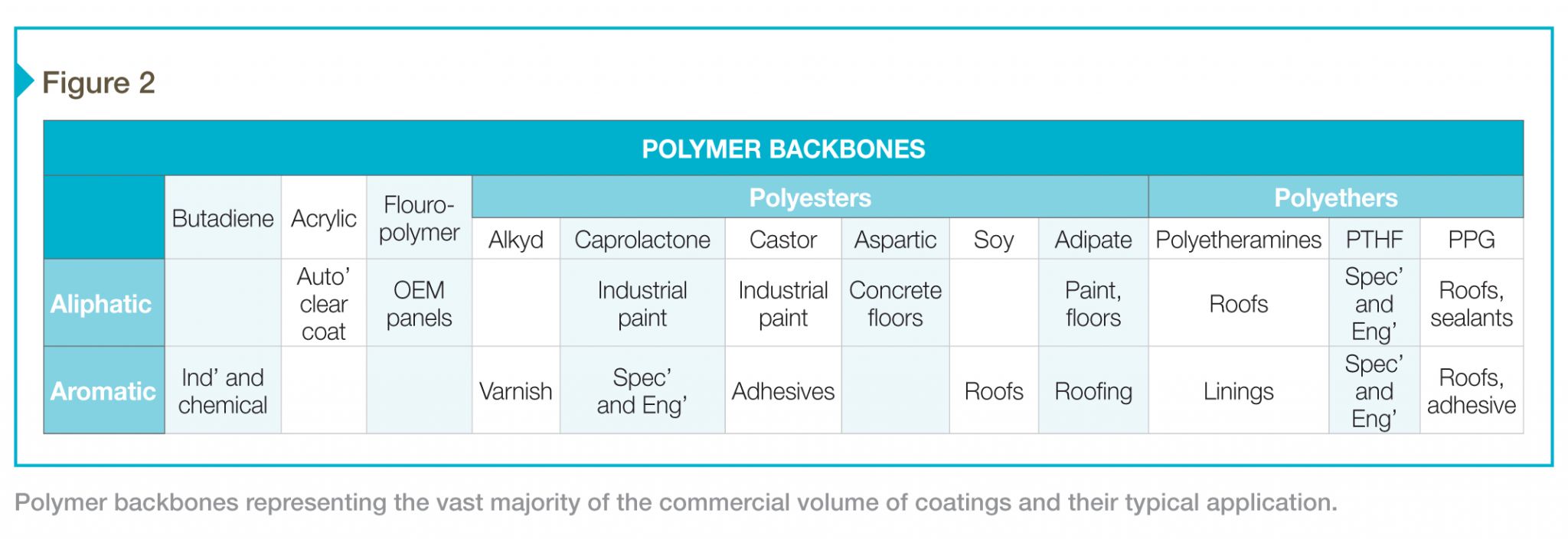
What Do You Mean By Polyurethane Construction Specifier
Urethane vs silicone sealant. The primary difference is at the chemical level. The simple answer is this. Polyurethane is an organic material. The effects of breakdown of silicone and polyurethane depend on the sealants chemical makeup. Polyurethane however becomes even harder to apply and does not make a permanent bond when the temperatures are low. Example there is far better uv resistance in urethane sealants compared to what existed when the building was constructed.
Uv stability and reversion. Why is sealant chemistry important. By choosing silicones with longer term warranties the life cycle cost of sealing your building could be greatly re duced. Building specifications often dictate that a sealant meet particular testing standards. The cold does not affect application. Silicone remains flexible unlike the polyurethane.
The more common tests applied to silicones and urethane sealants are. Silicone is the best sealant for the colder temperatures. This building required a sealant with high uv stability flexibility over a wide temperature range and the ability to accommodate extreme joint movement. A silicone based sealant carries a longer term warranty ranging from 10 to 20 years as opposed to the standard 5 year urethane warranty which is common in the industry. By choosing silicones with longer term warranties the life cycle coat of sealing your building could be greatly reduced. Silicone is an inorganic material.
Astm c920 federal tt s 001543 astm d 5893. A silicone based sealant carries a longer te rm warranty ranging from 2 to 4 times as many years as opposed to a common urethane warranty.


